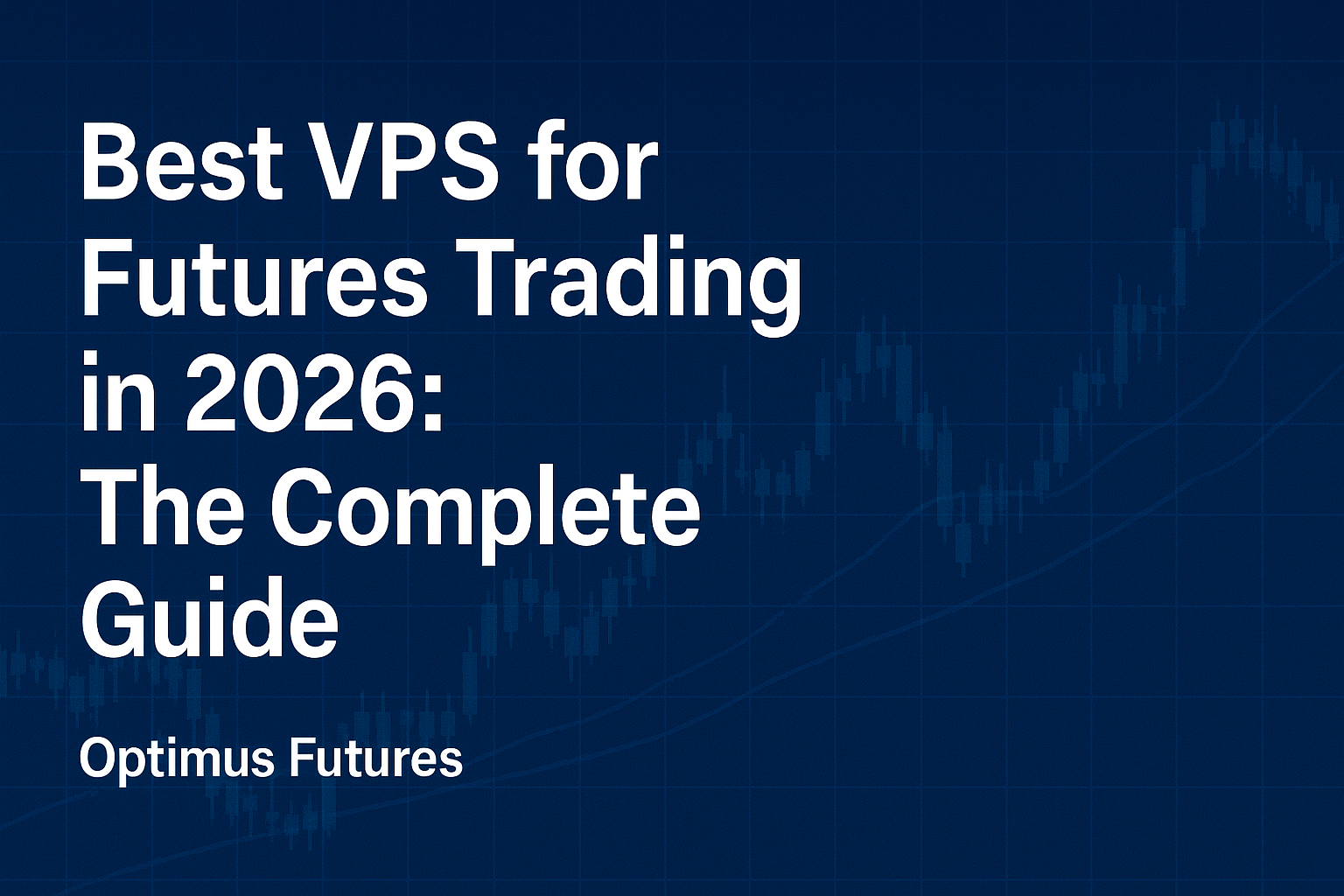Support and Resistance As Technical Analysis Tool
Support and resistance is a widely used and popular trading concept because you can combine it with price action and indicator based systems alike. Support and resistance is very straight forward to use since anybody can start drawing horizontal lines on their charts and see how price bounces off of these levels. Although this seems to be true in theory, when it comes to using support and resistance to make trading decisions, traders run into many different problems and quickly come to notice that there is more to it than just throwing some lines on your charts.
Lines vs. Zones
The biggest misconception is that support and resistance levels are single lines that can be drawn at specific prices. Although it is possible to draw support and resistance using single lines, this approach leads to very inconsistent trading results.
The current S&P500 chart illustrates the concept of support and resistance zones nicely. As you can see, there are 3 resistance zones stacked above each other. So which one is the right level to trade off? The answer is, all resistance levels are equally correct and the one you choose depends on your personal preferences and your psychology.
Aggressive – neutral – conservative
In the case of a resistance level, let’s assume that you are looking for a sell trade when price reaches the resistance level. With three resistance levels in place, you have the agony of choice which one to pick for your trade. Which level you chose depends on your willingness to accept risk:
Aggressive
The first resistance level; you will rarely miss trade-entries but, on the other hand, you will get stopped out more often when price breaches through the first level. This strategy is ideal for traders who can handle a lower winrate and for traders who do not like to miss trade-entries.
Conservative
This level is the farthest away and price will not reach your level as often. The conservative level is ideal for the risk-averse trader who can’t deal well with a lower win-rate. But, placing your orders at the conservative level usually means that you are going to miss trades when price turns ahead of your level.
Neutral
The mid-level is the level which most traders will lean towards. It is a good compromise between an aggressive strategy where you will experience frequent losses and a conservative approach where you will often miss trade entries.
Tip: Even if you only see 2 clear support or resistance levels on your charts, you can draw an additional line in the middle and create the ‘neutral’ zone.
Multiple entries using the three-level-concept
If you feel that picking only one level alone does not sound like a good enough strategy, there is another possibility how you can use the concept of support and resistance zones. If we go back to our previous example, you can use the three levels to split your order among the different areas. Again, there are many ways to go about it and neither is ‘right or wrong’.
For example, if you want to risk 3% on the trade in total, you could enter three different positions, using 1% on each entry. Now there are endless possibilities to how you could structure your position size using the concept of support and resistance zones. A more aggressive trader will usually enter the majority of his position on the first level and a conservative trader will only use a small part of his total position on the first two levels.
Stop placement
Another thing that causes inconsistent trading results is how traders place their stops around support and resistance levels. Usually, support and resistance levels are very obvious and the majority of traders will be able to identify the exact same support and resistance areas. Add to that the uncreative way of how traders place their stops and you have found the reason why support and resistance hasn’t worked for you – until now.
Traders might call it “stop hunting”, but what they really experience is just an inability to apply common sense to their stop placement. How difficult is it to guess that the majority of traders will place their stops just a few ticks above a resistance level or below a support level? Nearly all traders will follow the exact same approach and the professionals are 100% aware of the herd behavior of amateur retail traders. Amateur traders make it too easy for the professionals.
We urge you to start thinking, and trading, differently. When all traders read the same material, get the same advice and follow the exact same rules, is it really surprising that they get the same results?
Are you still looking for a futures broker? Get Started Here.
Trading futures and options involves substantial risk of loss and is not suitable for all investors. Past performance is not necessarily indicative of future results. The risk of loss in trading commodity interests can be substantial. You should therefore carefully consider whether such trading is suitable for you in light of your financial condition. The placement of contingent orders by you or broker, or trading advisor, such as a “stop-loss” or “stop-limit” order, will not necessarily limit your losses to the intended amounts, since market conditions may make it impossible to execute such orders.




